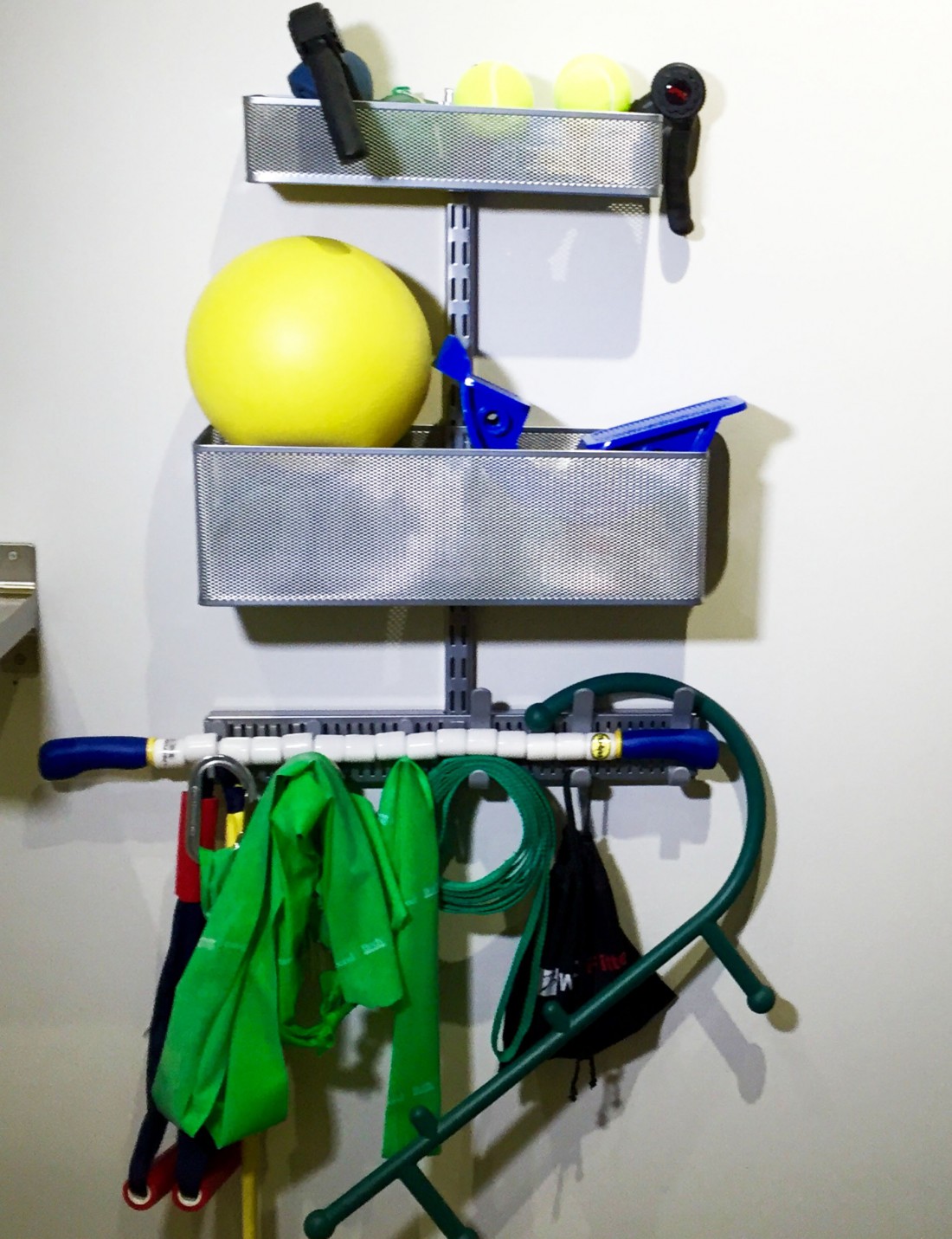By Colette House
Sherry Haraf was tired of being in pain. It hurt to stand. It hurt to sit. It hurt to sleep. After countless doctors visits, medications, and tests that yielded no diagnosis, constant back pain seemed to be hers for the foreseeable future.
“It was paralyzing and here I am going, this cannot be the end of me,” said Haraf.
Today, Haraf, a Chicago IT manager, no longer needs medication to manage her previously debilitating pain or vertigo. In fact, she maintains a very active lifestyle and says she feels better than ever. Her only treatment now is a monthly check-in with Dr. Jason Jared, a chiropractor and the owner of TRIFACTIVE Sports Injury + Pain Clinic, 1221 N. LaSalle St.
“If I have any back pain now I know how to get out of it because he and his staff have shown me every possible stretch, every possible technique I could do to get myself out of any pain,” said Haraf.
Sports medicine physicians and specialists offer a growing number of treatment options for sports-related injuries. Dr. Benjamin Hasan, a family and sports medicine physician in private practice at NCH Medical Group, specializes in musculoskeletal exam and diagnosis said healing from injury depends on blood flow. Hasan said bodywork such as chiropractic, osteopathy, Pilates, and yoga aid the healing process because the movements involved improve blood flow, which in turn helps the body heal.
Jared’s method, the TRIFACTIVE method, aims to help patients recover quicker so they can return to the normal activities and sports. The first element of Jared’s method is joint manipulation, or as Jared calls it, joint activation. Muscle therapy, the second part of the TRIFACTIVE method combines massage and stretching techniques to break up soft tissue adhesions to expand range of motion. Finally, patients learn therapeutic exercises and how to move properly to avoid the injuries that originally brought them to the clinic.

Jared’s patients typically come to him because of chronic injuries that he says have developed due to compensation or lack of proper warm up and recovery during workouts. Hasan sees many adult patients had to stop activities because of an old injury that continues to flair up.
Joint activation helps your brain get new information about an area in which there is restricted motion. Jared said he uses joint activation to stimulate the brain’s awareness of what’s going on in the parts of the body that have limited movement.
“As your range of motion decreases, proprioception shuts down so then, essentially, you’re operating without getting any information from that restricted area to your brain,” said Jared. Proprioception involves neural messages to and from the injured area.“Then you’re more likely to injury yourself, you’re more likely to overuse certain muscles because the brain’s not getting that (information.)”
Depending on the injury, Hasan recommends proprioceptive rehabilitation to his patients. In some cases the nerves surrounding an injury don’t fire properly and patients can’t feel the injured body part. Proprioceptive rehabilitation incorporates movements that force all muscles around the injured area to fire, strengthening and aligning them to prevent future injury.
“I could go to the gym and strengthen the knee against resistance. The quads would gain strength and that would help, but the rest of the muscles around the knee would not be firing,” said Hasan of possible treatment options for a sprained ligament in the knee. “But if I do knee bends on one foot and bearing weight, all the muscles fire.”
Hasan said the most crucial part of treating injury is making a proper diagnosis. Hasan said rehabilitation exercises for each part of the body are extremely specific. Knowing the specificities of injury help determine the right course of treatment.
“The most trusted treatment plans are those determined by research studies,” said Hasan.
Jared said avoiding injury really comes down to understanding how your body works and knowing when you are and aren’t using it properly. A substantial part of Jared’s four-week program is educating patients on themselves and how they move.
“We make you an expert in you so that when you’re doing activities you know when you’re doing it wrong, you know when something doesn’t feel right, and you can actually make those adjustments to prevent something from becoming a problem,” said Jared.


